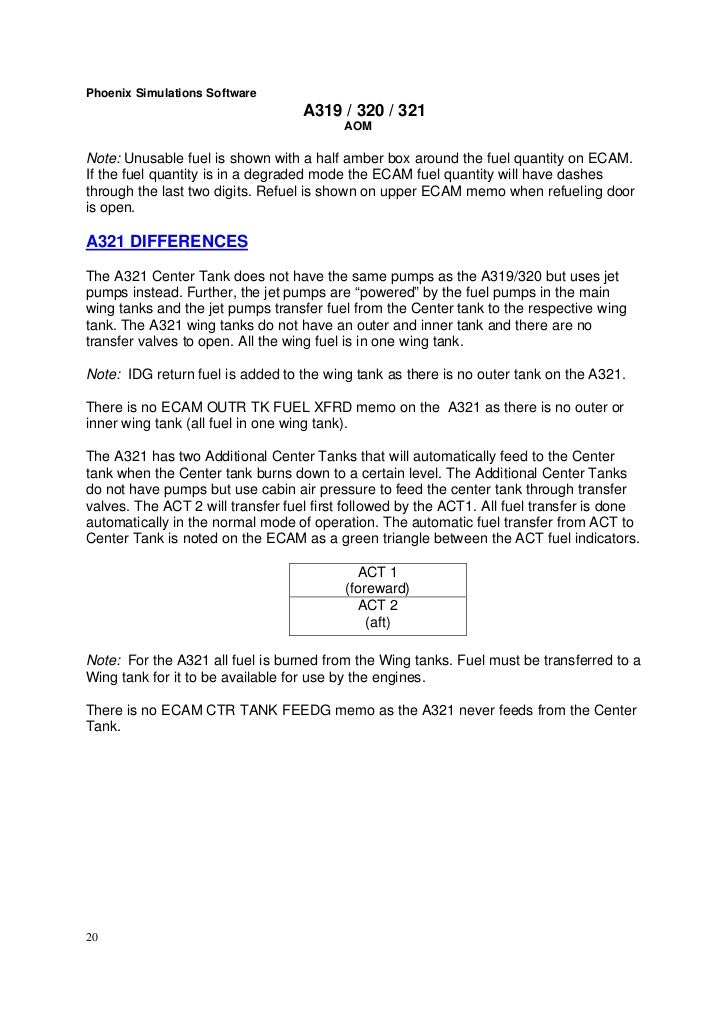A330 Aircraft Manual
Benefitting from over 20 years of continuous incremental innovation, the A330 is the most modern and reliable family of aircraft in the sky. Typically flying around 247 passengers, it can be tailored to carry as many as 406 – providing a quality solution for every route today and in the future. The twin-aisle widebody aircraft provides all passengers with an abundance of personal space, and the modern cabin allows for 18-inch wide seats that can bring a level of comfort and relaxation to long-haul flights, even in economy. A330s also provide the quietest cabins in their class, while ambient lighting options add to the A330-200’s stylish and classy design and help reduce the effects of jetlag.
A330 Aircraft Maintenance Manual
The A330-200 can offer passengers the most modern fourth-generation in-flight entertainment, including video-on-demand, as well as mobile phone and email connectivity via satellite. Even the longest flights can fly by with a range of options to make the time spent on board as relaxing and enjoyable as possible. Passengers can settle into a movie of their choice and even stay in touch with what’s happening on the ground below, providing a tailored passenger experience that suits everyone from children to adults and holiday-goers to business travellers. Waiting until the end of an important flight to send or receive vital emails can be a thing of the past. The A330-200 continues to be a dependable and efficient operator that benefits passengers and airlines alike.
Its commonality with fellow members of the A330 Family and other Airbus aircraft generates efficiency savings through training and maintenance. Like all Airbus aircraft, it uses the revolutionary fly-by-wire digital control system. With an operational efficiency of 99.4 per cent, it’s no wonder that airlines trust the quality of the A330-200’s design. It is also an ideal complement to its sister aircraft: the all-new A350 XWB. For longer-range journeys, the aircraft can be fitted with comfortable crew rest areas that can be removed in around 50 minutes should the aircraft need to be optimised for shorter routes.


A330 Aircraft Maintenance Manual
These rest areas can contain seven bunks and don’t impact the space given to passengers. Ensuring that cabin crew are well-rested gives them an ideal workspace and hopefully puts a smile on their face when they are looking after passengers.
Top Articles
- ✔ Trade Service Pricing Guide
- ✔ Tradesman Scroll Saw Manual
- ✔ Citroen Picasso Service Manual
- ✔ Manual S Calculation Software
- ✔ Manual For Howhit 150cc Motor
- ✔ C9060 Service Manual
- ✔ Suzuki Grand Vitara 2 0 Td 2004 Manual
- ✔ Haynes Manual On A 2017 Ford Taurus
- ✔ 2016 John Deere Gator 620i Service Manual
- ✔ Black Stallion Guide
- ✔ 81 Suzuki Gs750 Service Manual